1. The Twilight Zone and the Cuban Missile Crisis
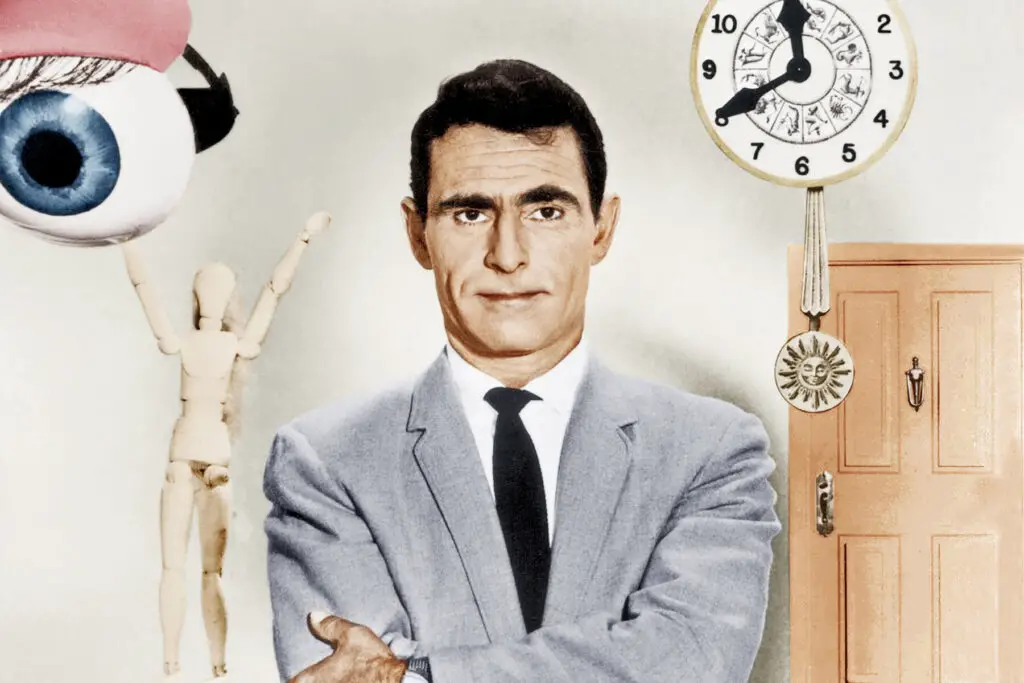
In The Twilight Zone episode “The Monsters Are Due on Maple Street,” the storyline about paranoia and mass hysteria mirrors the American fear of the Soviet Union during the Cold War, especially during the Cuban Missile Crisis. The plot centers around a suburban neighborhood turning against itself after a mysterious power outage. Residents begin to suspect each other of being aliens, reflecting the deep-seated fear and mistrust of the time shares SYFY.
The episode captures the anxiety and division that gripped America during the 1960s, particularly in the wake of the Cuban Missile Crisis. Much like the real-world fear of nuclear war and spies, the residents’ hysteria quickly spirals out of control, turning a once-friendly community into a battleground of suspicion and blame adds IMDb.
2. All in the Family and the Civil Rights Movement
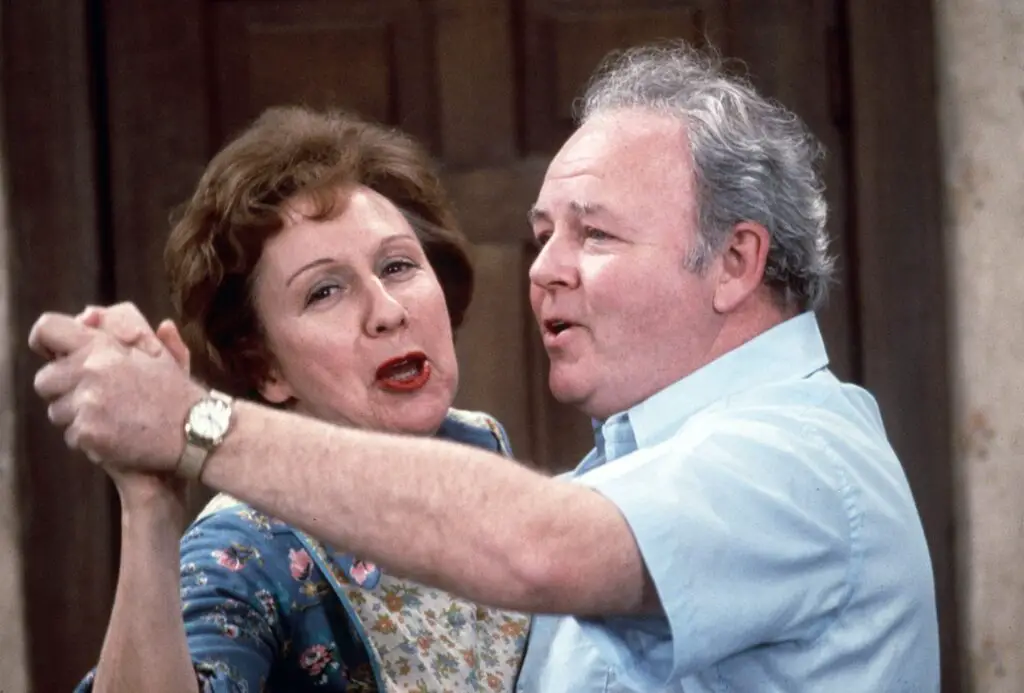
In All in the Family, the character of Archie Bunker was created as a reflection of the social and political tensions of the 1960s and ’70s, including the Civil Rights Movement. The show tackled issues like racism, segregation, and the changing American values, particularly in episodes like “Archie’s Civil Rights.” While Archie’s views were often outdated and prejudiced, the show used his character to spark conversations about race and equality in America shares the Progressive.
The portrayal of Archie’s interactions with his African American neighbors, as well as his struggle with the evolving societal landscape, was based on real conflicts during the Civil Rights Movement. These storylines helped make All in the Family a groundbreaking show that used humor to address serious issues and reflect the ongoing social changes of the era adds Fandom.
3. The X-Files and the Watergate Scandal
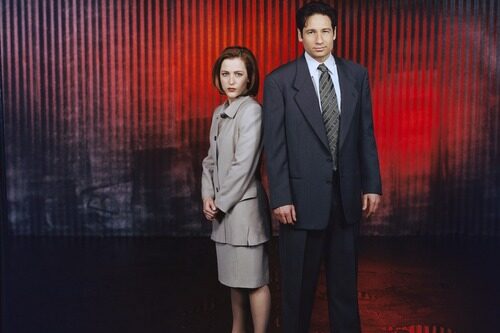
The X-Files frequently drew on real historical events to shape its stories, and one episode, “The Truth,” references the Watergate scandal. While the show typically dealt with aliens and government conspiracies, it often mirrored real-world concerns about government overreach and cover-ups. The character of Deep Throat, a mysterious informant, was inspired by the real-life whistleblower who exposed the Watergate scandal.
The episode explores the theme of distrust in government institutions, which was a major concern following Watergate. This storyline highlights the extent to which The X-Files tapped into contemporary fears about corruption and secrecy in the highest levels of government, making it feel all the more relevant during the 1990s.
4. The Simpsons and the Dangers of Nuclear Power
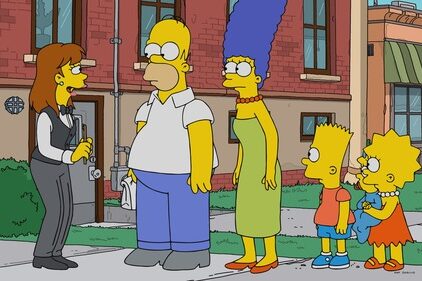
In the early 1990s, The Simpsons aired an episode titled “Homer vs. the Eighth Commandment,” which subtly referenced the ongoing debates about nuclear power. While the show is known for its satirical take on everyday life, this episode drew inspiration from real-world concerns about nuclear safety and the environment. The storyline centers around the Simpson family grappling with Homer’s job at the Springfield Nuclear Power Plant, where issues of negligence and safety violations are raised.
In real life, the 1986 Chernobyl disaster and the ongoing concerns about nuclear waste had sparked global debates over the risks of nuclear power. This episode of The Simpsons served as both a satirical commentary on corporate irresponsibility and a subtle nod to these real-world concerns, with Homer’s plant serving as a stand-in for real-life nuclear facilities facing scrutiny.
5. Dallas and the Oil Crisis
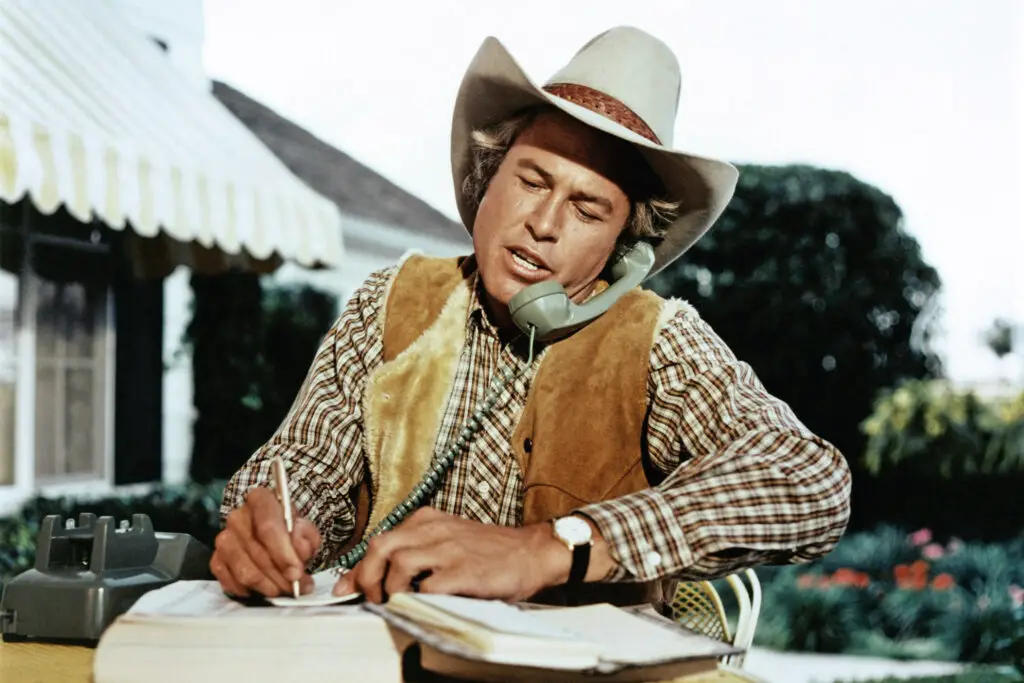
Dallas, the iconic soap opera, was deeply influenced by the real-life oil crisis of the 1970s. The show’s central storyline revolved around the Ewing family’s vast oil empire and the personal and professional struggles that came with it. The 1973 oil embargo, which led to soaring gas prices and shortages, directly impacted the show’s themes, as characters like J.R. Ewing fought to maintain control over their oil fortune.
The portrayal of the Ewing family’s oil-based fortune mirrored the real-life power dynamics of the oil industry during the 1970s. As oil prices skyrocketed, Dallas became a cultural touchstone that highlighted the economic and political tensions of the time, making the show’s plotlines about greed, power, and wealth feel all the more relevant.
6. The Brady Bunch and the Space Race
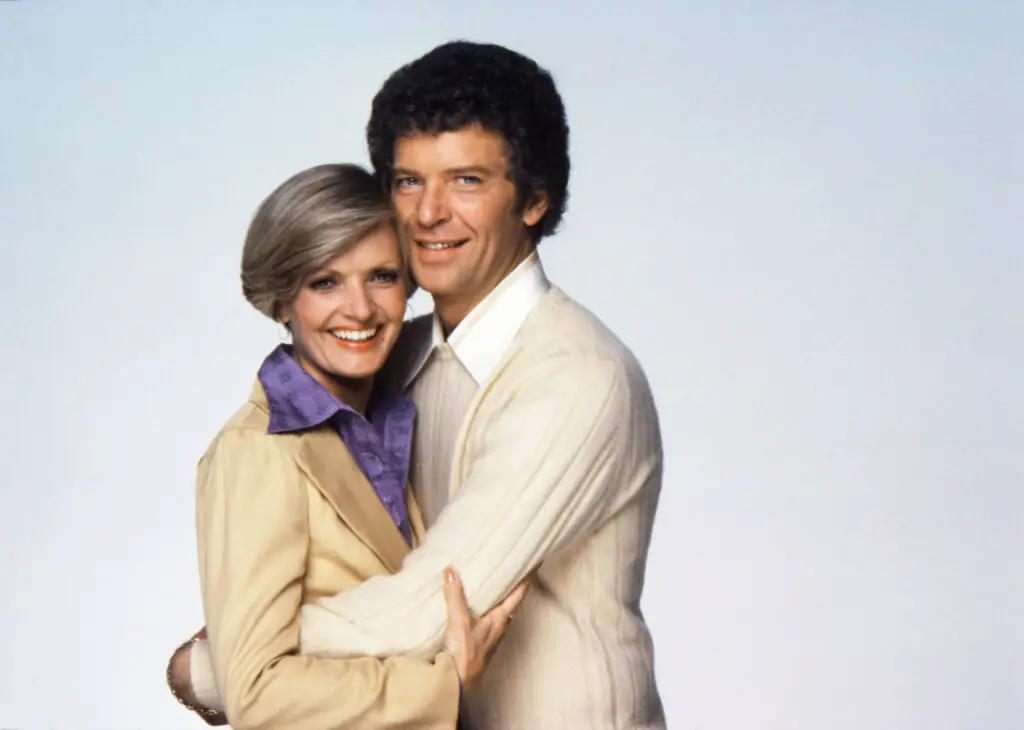
While The Brady Bunch was mostly a family-friendly sitcom, it also referenced real historical events like the Space Race between the United States and the Soviet Union. In the episode “The Space Race,” Greg Brady becomes determined to win a space-themed contest, reflecting the nation’s obsession with space exploration during the 1960s and ’70s.
The episode’s storyline mirrors the sense of pride and competition surrounding the U.S. space program during the height of the Cold War. By placing the Brady family in this context, the show tapped into the broader cultural climate of the time, where the race to the moon was as much a symbol of American innovation as it was a point of national pride.
7. Good Times and the Urban Crisis
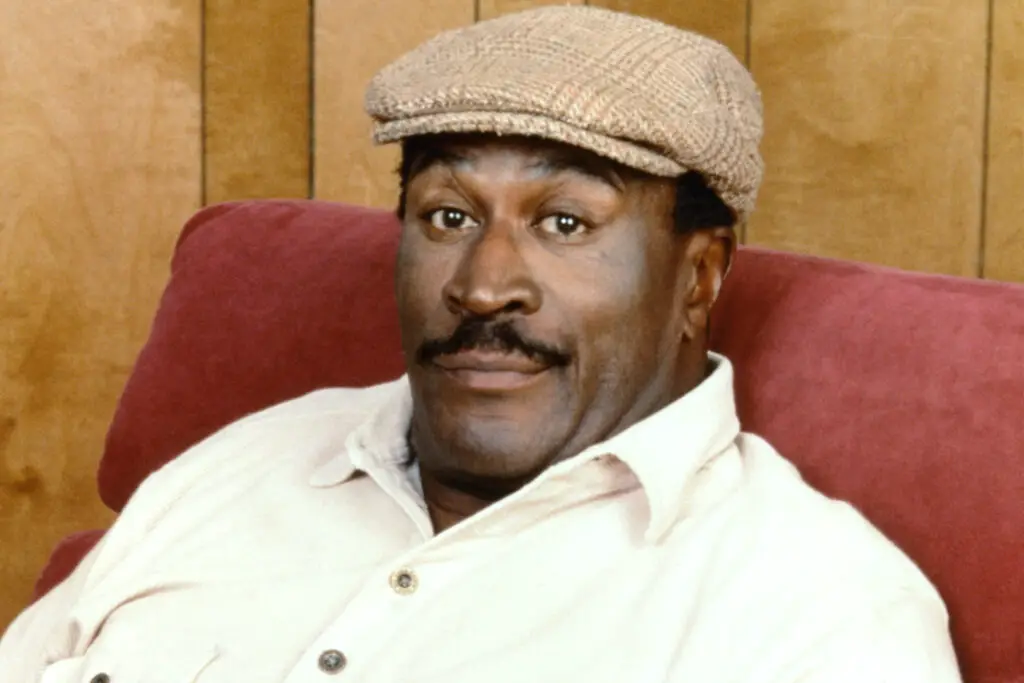
Good Times reflected the struggles of African American families in the 1970s, tackling issues like poverty, systemic racism, and urban decay. One of the most poignant storylines of the series, centered around the characters living in a Chicago housing project, was influenced by the real-life urban crisis that many cities across the U.S. were facing. Episodes like “The Rent Party” depicted the harsh realities of living in low-income areas and the ways families worked together to survive.
The backdrop of urban decline and the challenges faced by working-class families in the show paralleled real-life struggles during a time when cities were experiencing financial crises, rising crime rates, and disinvestment. Good Times was more than just a sitcom; it was a reflection of the real, often overlooked, issues that affected many African American communities.
8. The West Wing and the Impeachment of Bill Clinton
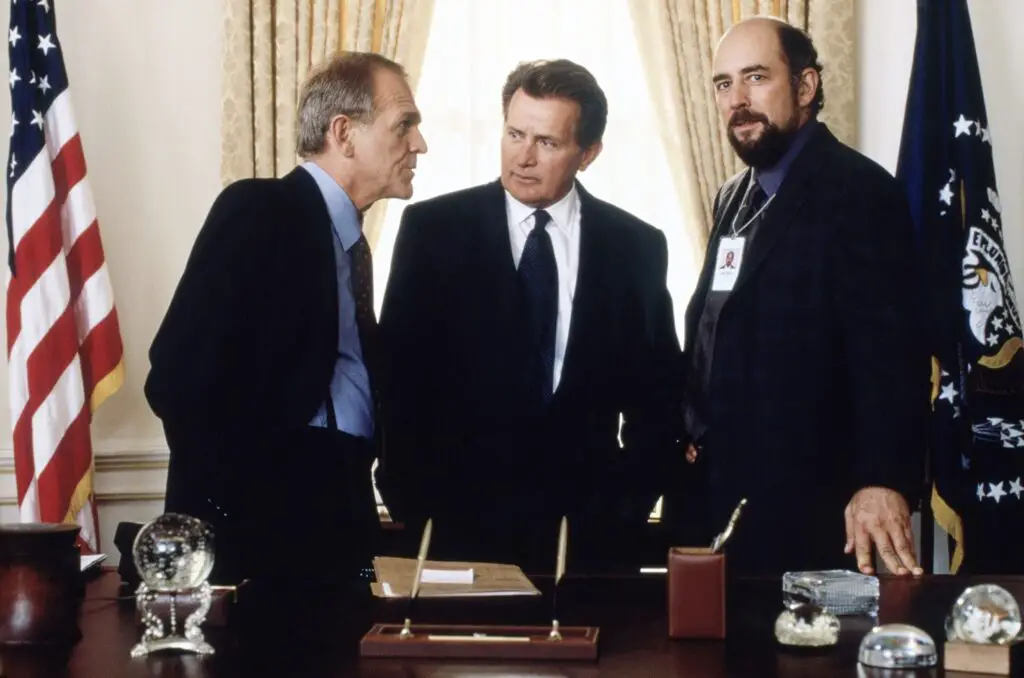
While The West Wing was a fictional show, its storylines often mirrored real political events, including the impeachment of President Bill Clinton in 1998. In the episode “20 Hours in America,” characters grapple with political scandal and the fallout from a high-profile impeachment trial. The portrayal of a political crisis in the White House was eerily similar to the real-life events surrounding Clinton’s impeachment, where moral and legal issues collided with partisan politics.
The show captured the tension and division that marked the Clinton impeachment, and the characters’ handling of the situation mirrored the ways in which political leaders navigated the real-world controversy. By incorporating such timely issues, The West Wing brought real political drama into the fictional world of the Bartlett administration.
9. The Wonder Years and the Vietnam War
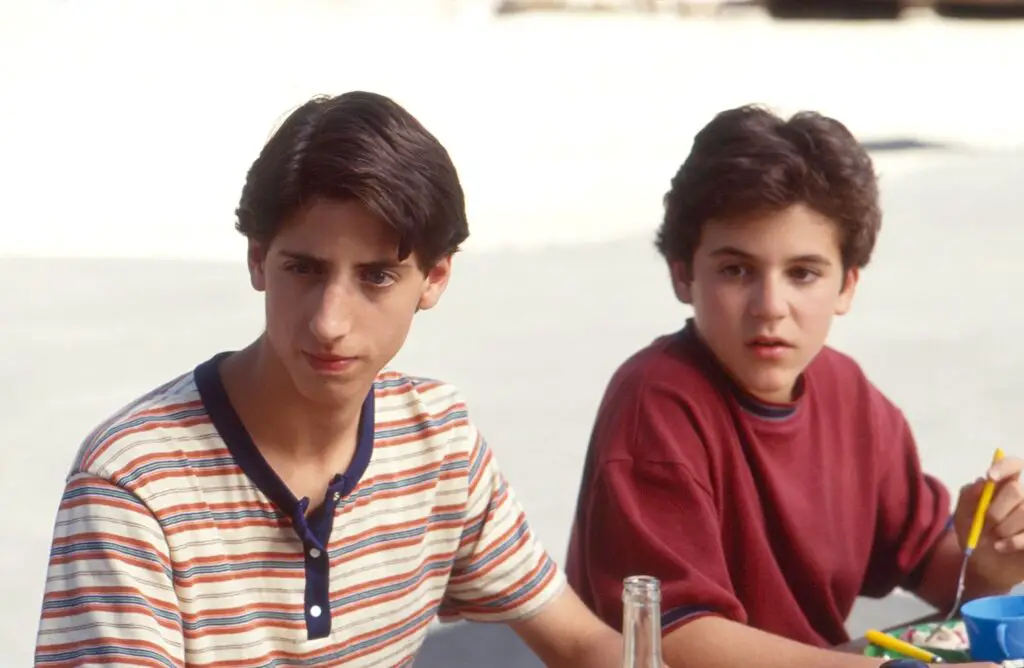
The Wonder Years often used historical events to shape its coming-of-age storylines, with one of the most impactful being its portrayal of the Vietnam War. In the episode “The Vietnam War,” Kevin Arnold’s family and friends deal with the emotional and physical toll the war has on American society. This storyline was rooted in the real events of the late 1960s and early 1970s, when the war deeply divided the nation.
The show captured the sense of disillusionment and confusion felt by many young people during the Vietnam War. By weaving this historical event into the fabric of the show, The Wonder Years helped viewers understand the broader societal impacts of the conflict, making it more than just a personal narrative but a reflection of the times.
10. The Waltons and the Great Depression

Set during the Great Depression and World War II, The Waltons often focused on the difficulties faced by families during times of economic hardship. Episodes like “The Great Depression” highlight the struggles of the Walton family as they navigate financial uncertainty and unemployment, mirroring the real-life challenges faced by millions of families during the 1930s.
While The Waltons was a work of fiction, its storylines drew heavily from the experiences of people who lived through the Great Depression. The show’s portrayal of resilience in the face of adversity was a tribute to the real-life spirit of families who fought to stay together and survive during one of America’s most challenging periods.
11. Roots and the Legacy of Slavery
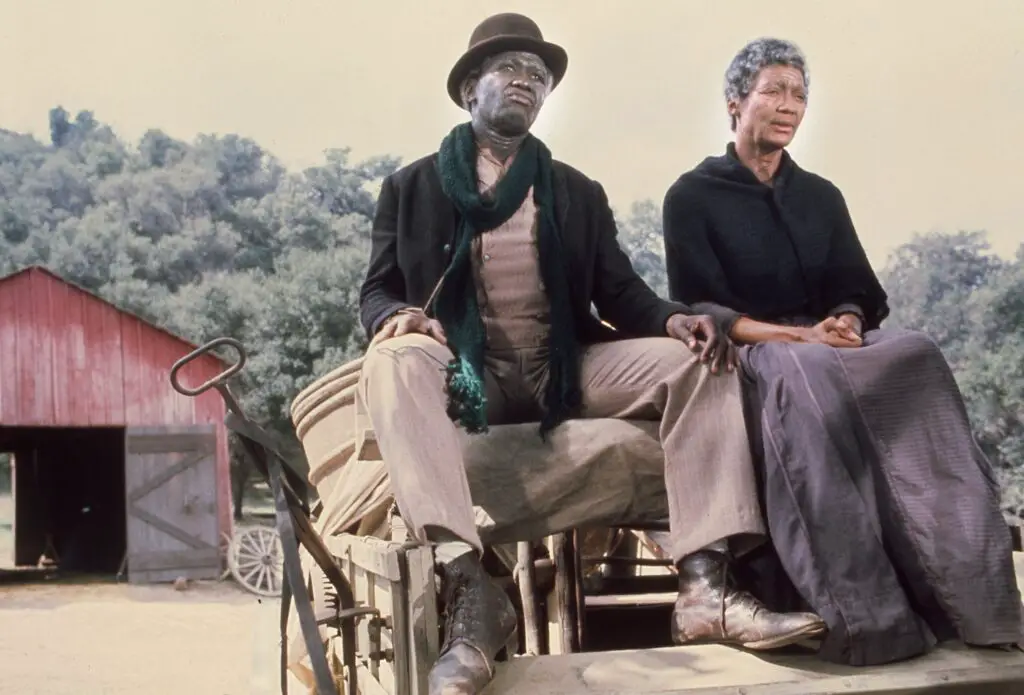
The groundbreaking miniseries Roots depicted the story of Kunta Kinte and his descendants, drawing on the real historical legacy of slavery in the United States. Based on Alex Haley’s book, the show traced the lineage of an African man brought to America as a slave and explored the impact of slavery across generations. The series aired at a time when the nation was still grappling with the consequences of racism and racial inequality.
The historical accuracy of Roots brought the brutal reality of slavery into the homes of millions of viewers, sparking conversations about race, history, and identity in America. It was not just a historical drama but a reminder of the painful truths about America’s past that were still relevant in the present.
12. The Dukes of Hazzard and Prohibition

The Dukes of Hazzard wasn’t just about fast cars and family antics; it also referenced real historical events, like the Prohibition era. In the episode “The Dukes Meet the Press,” the Duke family gets involved with moonshine and bootlegging, a nod to the real history of illegal alcohol production during Prohibition in the 1920s. This storyline reflected the lasting impact of the Prohibition period, when bootleggers were a significant part of American culture.
By incorporating this piece of history, the show brought attention to the ways in which illegal trade and organized crime shaped the American South. While the moonshine in The Dukes of Hazzard was depicted in a lighthearted manner, it was rooted in the very real history of how Prohibition impacted small-town America.
13. Happy Days and the 1950s Teen Culture

Happy Days is a classic sitcom set in the 1950s, a time that saw the rise of the American teen culture. The show’s portrayal of the iconic character of Fonzie and the gang reflected real societal shifts in the post-World War II era. The 1950s were a time when the teenage demographic became more prominent in popular culture, leading to the creation of a unique youth identity through music, fashion, and rebellion.
While the show exaggerated many aspects of 1950s life, it still drew heavily from real historical trends. The rise of rock and roll, the increasing focus on youth culture, and the evolution of high school dynamics were all real changes that occurred during this period, and Happy Days captured these shifts in an entertaining, albeit nostalgic, way.
